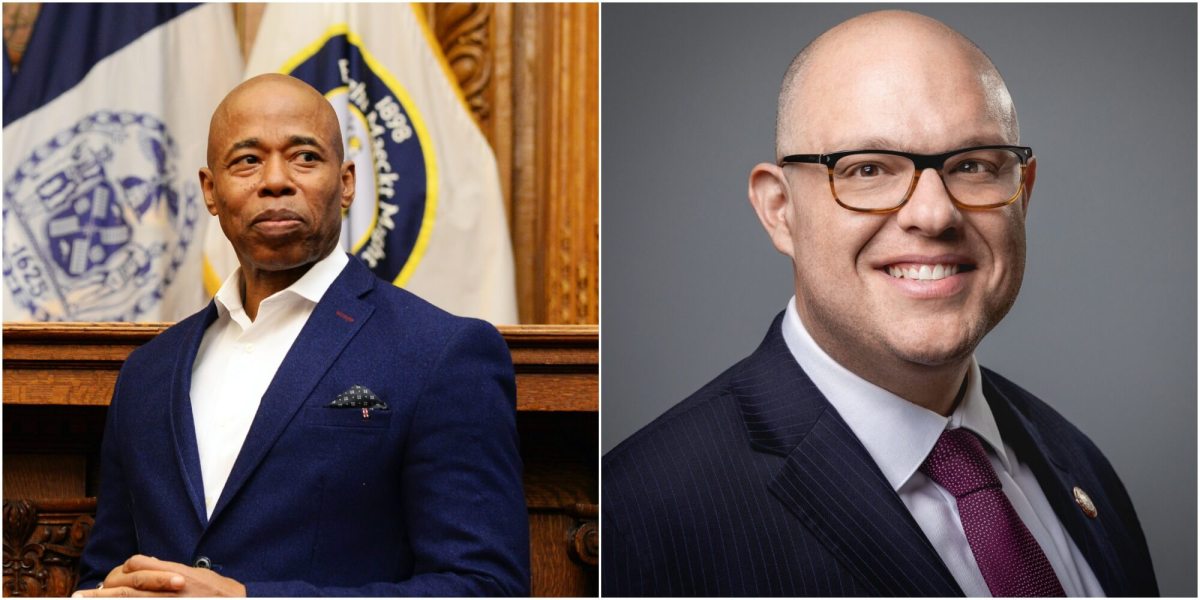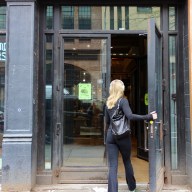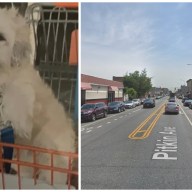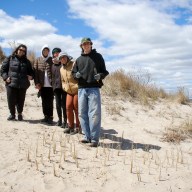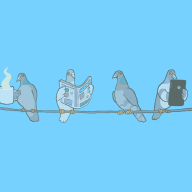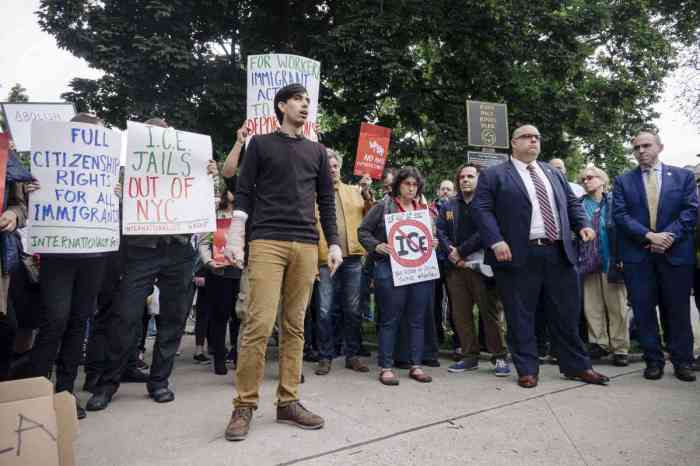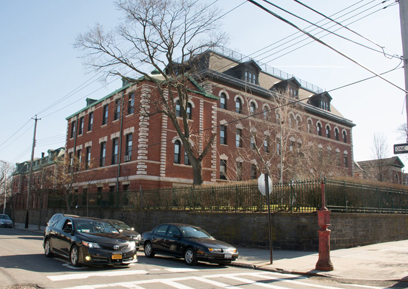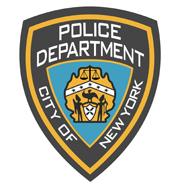Mother Nature does not care about the ongoing pandemic, or the economic devastation it has wreaked on our City budget. In case any New Yorker doubted that, Tropical Storm Isaias set them straight. The intense winds forced bridges and railways to shut down, while knocking down thousands of trees that crashed into cars, homes, and power lines. According to Con Edison, Isaias created the second-worst storm outage in its history, trailing only Superstorm Sandy in its impact. For those of us in the outer boroughs, it was déjà vu all over again.
While more than 130,000 Con Edison customers lost power due to Isaias, less than 100 of those customers were in Manhattan. It took more than a week for the lights to go back on for all those affected, a damning statement on the responsiveness of our government and utilities as well as our overall resiliency. Extended power outages are a threat to public health and safety, especially amid the sweltering heat of summer that imperils our seniors and other vulnerable neighbors. In the wake of Isaias, and in the midst of a hurricane season that will probably not peak for weeks, we should be focused on actions big and small that will keep the lights on when the next storm hits.
After Sandy, our city restarted a conversation about burying power lines as a resiliency investment to safeguard against the impact of intense storms. It is a conversation that dates back to the Great Blizzard of 1888, when the impact of downed, sparking wires and days of citywide darkness compelled then-Mayor Grant’s order to bury all overhead wires at the time. Local Law 13 of 2013 directed the City to formally study the expanded utilization of underground power lines, which called the conversion “cost prohibitive.” The same study called Sandy an “anomaly,” which increasingly feels like wishful thinking; 2020 is the record-breaking sixth straight season with two pre-June storms, and it’s the first on record to have nine tropical storms form before August. The acceleration of climate change corresponds with an acceleration of the cost for the status quo.
While Public Service Commission Chair John Rhodes has promised a new review of this issue on the state level, the two of us are partnering on new City legislation requiring an up-to-date cost assessment on burying the remaining overhead power lines throughout the outer boroughs, taking into account the rising costs associated with keeping them above ground. If the cost estimate seems feasible given current fiscal realities, we should explore a public works initiative with a mix of public and private funding streams to bury these lines, which would put thousands of New Yorkers back to work.
We do not have to wait for that study to begin chipping away at this problem. Storm resiliency is as basic an exercise as managing our street trees. We urge City Hall to loosen stringent regulations around tree pruning by private contractors, allow more leeway for homeowners to hire private contractors rather than relying on the Parks Department for preventative pruning, and restore cuts to the City’s pruning budget, which would be less costly than retroactively addressing downed trees. In addition, this issue is one of many examples where we see the shortcomings of our 311 system, as complaints are mysteriously closed out or deprioritized. Make no mistake, we can directly connect ignored requests for tree maintenance with the massive power outages suffered from Bay Ridge to Bayside.
The reality of climate change is that these storms will be more violent and more frequent in the years ahead. Every reform we defer or investment we delay is likely to be more costly as time goes on, not just in the price tag of implementation but in the loss of jobs, homes, and lives due to inaction. The beginning of August showed us that with Isaias, as did the end of the month with Hurricane Laura, which made the tenth-strongest American hurricane landfall on record. We cannot afford to wait for a more convenient time for change, because Mother Nature has run out of patience.
Eric Adams is Brooklyn Borough President.
Justin Brannan is a New York City Councilman who represents the neighborhoods of Bay Ridge, Dyker Heights, Bensonhurst and Bath Beach.


